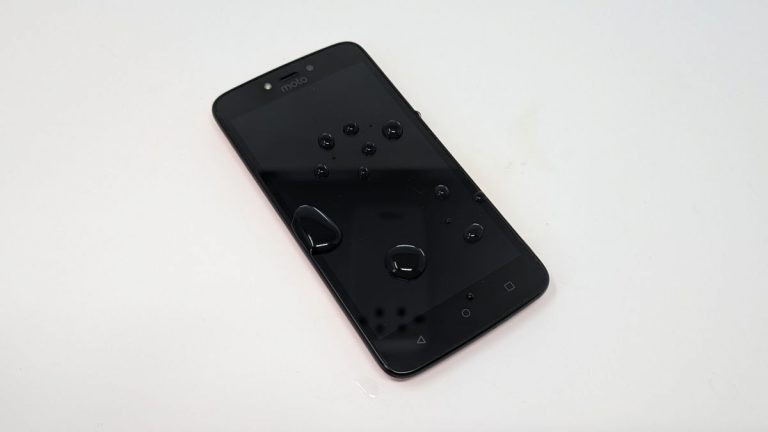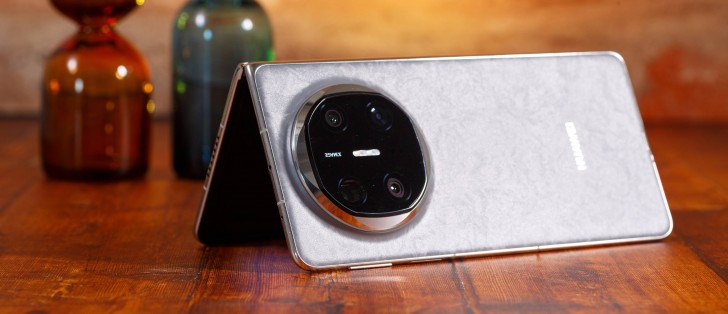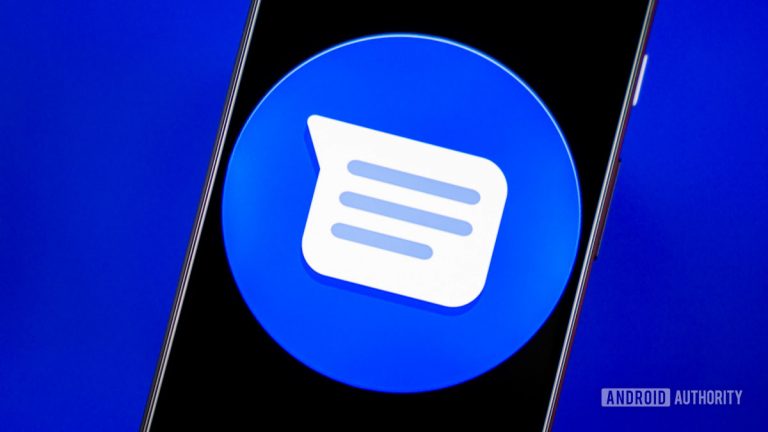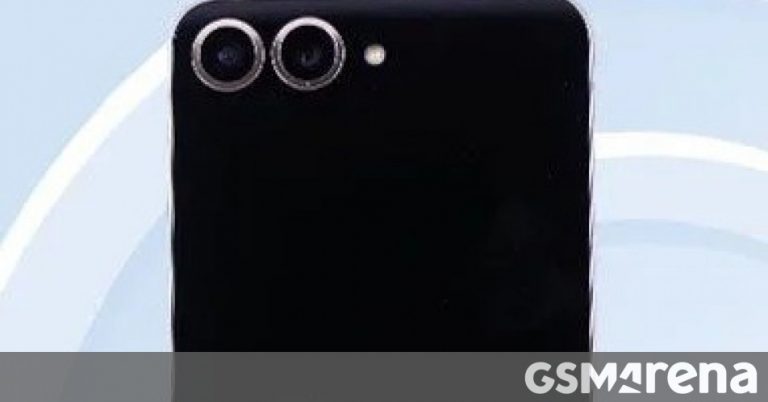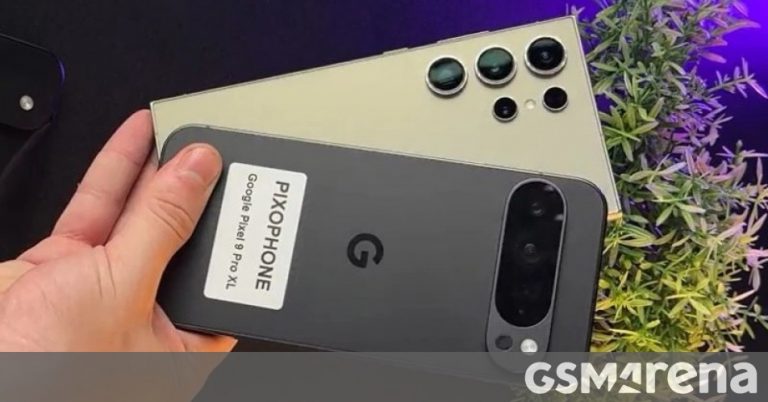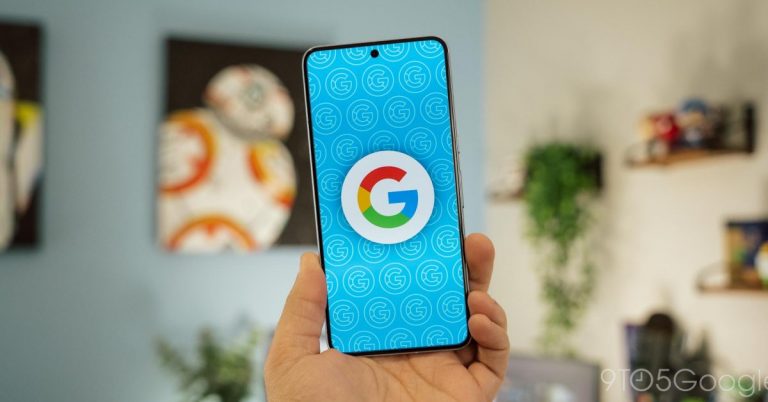Honor MagicBook 14 Laptop Review: Pros, Cons, and Specifications

Back in July, Honor unveiled the MagicBook Art 14 for the Chinese market, and I have to say, it looked incredibly impressive on paper. This sleek laptop boasts a nearly 15-inch screen (14.6-inch, to be exact) with a 3:2 aspect ratio and a 120Hz touchscreen OLED panel. It’s packed with a 60Wh battery, a full set of ports, Intel’s Core 7 Ultra 155H processor, up to 32GB of RAM, and up to 1TB of storage. And get this – it all fits into a 1.03kg package, which is a feather above 1kg. To put that into perspective, the 15.3-inch MacBook Air has only around 7% more display area (677cm2 vs 634cm2) but weighs 46% more (1.51kg vs 1.03kg). Half a kilo is a huge difference for an ultraportable laptop.
The laptop itself comes in a thin box, with its 65W adapter and detachable USB-C cable in a separate box, tucked into a plain bigger cardboard box. It’s a clever design move, if you ask me.
Now, let’s talk about the design and build quality. The Honor MagicBook Art 14 has found a unique solution for its camera placement. Instead of fattening the laptop’s top bezel to house the camera, adding an unsightly notch, or settling for an up-your-nose solution, it made the camera a magnetic piece that attaches to the top of the display when in use and tucks into the laptop’s body the rest of the time. This leaves the screen bezels a svelte 2.2mm on the sides and top, making for a clean-looking machine. Plus, it eliminates any privacy concerns you might have, as the camera isn’t looking at you – it’s outright detached when you don’t need it.
The laptop’s inner design and selection of light materials throughout make the incredible 1.03kg weight possible. The titanium keyboard reduces the weight by 16% compared to previous models, and the body is made from a magnesium alloy, making the casing 30% lighter than previous models. The finish is called Satin Emanel Spraying Technology, which is a skin-friendly coating that’s also highly durable, according to the company’s claims. The laptop ships in either Sunrise White (with subtle pink and purple hues) or Emerald Green, which leans towards blue in certain light and isn’t as olive green as the press materials would have you believe.
Inside, Honor designed the battery to optimize space utilization by 28%. The laptop feels very similar to the Huawei MateBook X Pro 2024, which we reviewed back in July. Both machines feature a similar textured finish, but while the MateBook X Pro 2024 is slightly lighter at 980g, its 14.2-inch display is notably smaller, as is its touchpad.
The tuckaway camera module is undoubtedly innovative. It sits flush inside the left corner of the laptop and can be popped in or out by a finger press. The module sits very securely in the laptop body, and it can be tucked in whichever way you want – even with the pins outward (though you shouldn’t do that). It’s a clever way to deal with the camera on a laptop, but it does push the two ports on the left side of the MagicBook Art 14 a bit further down. It’s an unbalanced look that could irk some people.
The display of the Honor MagicBook Art 14 is a masterpiece. This is a 14.6-inch 2120x2080px FullView 10-bit display with a squarer-than-average 3:2 aspect ratio, up to 120Hz refresh rate, and 10-point touch control. The panel has 100% DCI-P3 coverage, as well as a DeltaE (ΔE) rating of below 0.5. The panel does 4320Mh PWM flicker-free dimming and even got TUV Rheinland to certify it for low blue light emissions.
The panel is rated at up to 700 nits of brightness in HDR mode and we measured a consistent 500 nits in SDR mode. The Huawei MateBook X Pro 2024 measured slightly higher, especially in HDR (950 nits), but the MagicBook Art 14 is still impressively bright. We’ve always commended Huawei and Honor for shipping their machines with proprietary display color support, and the MagicBook Art 14 follows that trend. Right-click on the desktop and go into Display Manager, where you can choose what color spectrum the laptop adheres to – sRGB, P3, or native. This is an excellent feature that most other PCs lack and is especially useful for content creators.
This is also where you can adjust the color tone of the screen, put it in eBook mode, and fine-tune the color. The keyboard on the Honor MagicBook Art 14 is a step above. We can’t really say we can appreciate the titanium build, but the keys feel slightly softer and more dampened than on the MateBook X Pro 2024. The keys have the standard 1.5mm key travel and are very well-spaced. Avid gamers will scoff at the smaller Up and Down arrow keys, but that’s the only complaint we could think of.
The trackpad on the Honor MagicBook Art 14 is enormous and very high-quality. The smooth glass surface is excellent for gliding your fingers, and being a solid-state unit, you can click anywhere you like with the same precise feel. You can adjust the tracking sensitivity and the vibration strength to your liking. The trackpad supports up to 5 fingers, though Windows currently tops out at 4. There’s a number of proprietary gestures through Honor’s pre-installed software, like the knock to screenshot. They all get short demo videos, and you can decide whether to enable them or not.
The laptop has six speakers and three microphones, and they’re doing an excellent job. There’s plenty of volume to fill a room, and there are even some hints of bass underneath, making the sound full. You get a fingerprint scanner with Windows Hello support inside the power button, and it works without issues. It supports fingerprint caching, meaning a single press will power on the machine and automatically log you into Windows once it boots to the login screen.
The magnetic 1080p camera doesn’t feature IR sensors for Windows Hello. Quality-wise, it’s a good enough webcam, but nothing special. The image quality is okay, but there’s no HDR, for instance. The field of view of the webcam is very wide, and you can set it to track your face across the frame. You can also play around with virtual backgrounds.
Doing calls through the MagicBook Art 14 is a great experience. Callers reported that they heard us fine through the laptop’s trio of mics and appreciated the active noise cancellation.
The MagicBook Art 14 doesn’t leave you wanting in terms of ports. You have two USB-C on the left side – one Thunderbolt 4 (40Gbps) and one USB 3.2 Gen 1 (5Gbps). On the right is one USB-A (5Gbps), an HDMI 2.1 (4k@60Hz), and a 3.5mm audio jack. You should use the Thunderbolt-enabled USB-C on the right (it has a bolt of lightning on it) for charging, as it brings the highest charging speed.
The Honor MagicBook Art 14 packs 60Wh battery that lasted 6:37 hours in our YouTube video test (400 nits, 80dB) and 6:53 hours in our browsing loop test (400 nits). Charging the laptop from 0% to full took around an hour and a half, and it got to 43% in the first 30 minutes.
In conclusion, Honor made a compelling ultrabook in the MagicBook Art 14. From whichever angle you look at it, this is an exceptional device that stands out from the crowd of thin-and-light laptops. Its build isn’t your typical machined metal, and it comes in two interesting colors. The innovative magnetic camera allows for a thin and even bezel around a display that’s bigger than most 14-inch competitors. Not to mention that it’s an amazing OLED panel with a fast 120Hz refresh rate.
Then there’s the impossible lightness of the MagicBook Art 14 – it’s a feather above 1kg. And as an overall package, the Intel-equipped machine works quite well – it’s powerful but runs cool and silent. And you can get very reasonable running times from the 60Wh battery. However, the newly announced Snapdragon X Elite-equipped MagicBook Art looms over this Intel one with pressing questions – how much better at battery endurance will the ARM version be? Still, that one is still a while away, and the Intel Core Ultra 7 155H with its far superior graphics is just about to hit the market.
Pros:
* Strikes an excellent balance of size and weight
* Solid feel, we like the unique color
* Color-accurate OLED display with 500 nits of SDR and 700 nits of HDR brightness
* Excellent port selection – Thunderbolt, USB-A, HDMI
* Runs quiet and cool
* Innovative magnetic camera design
Cons:
* Only one USB-C is Thunderbolt 4
* Camera slot pushes USB-C ports to the middle of the laptop
* SSD not quite up to PCIe 4.0 standards

